Glycine is an amino acid, a building block for protein, especially for collagen found in the skin, ligaments, muscles, bones, and cartilage. Your body produces it, but it’s also found in protein-rich foods and is a dietary supplement. There are several benefits of having glycine in your diet, and that’s why it’s being taken in more and more by people each day. Let’s take a look at the facts of having glycine in your diet and the types of foods that contain it.
Table of Contents
What Are the Benefits of Glycine?
Here are the key benefits of having glycine in your diet.
- Anti-inflammatory
- Weight Loss
- Joint Health
- Bone Health
- Improves Sleep and Brain Function
- Better Liver and Kidney Health
- Fewer Cavities
- Glucose Balance & Diabetes
- Better Heart Health
Top 10 Foods Highest in Glycine
1. Gelatin Powder
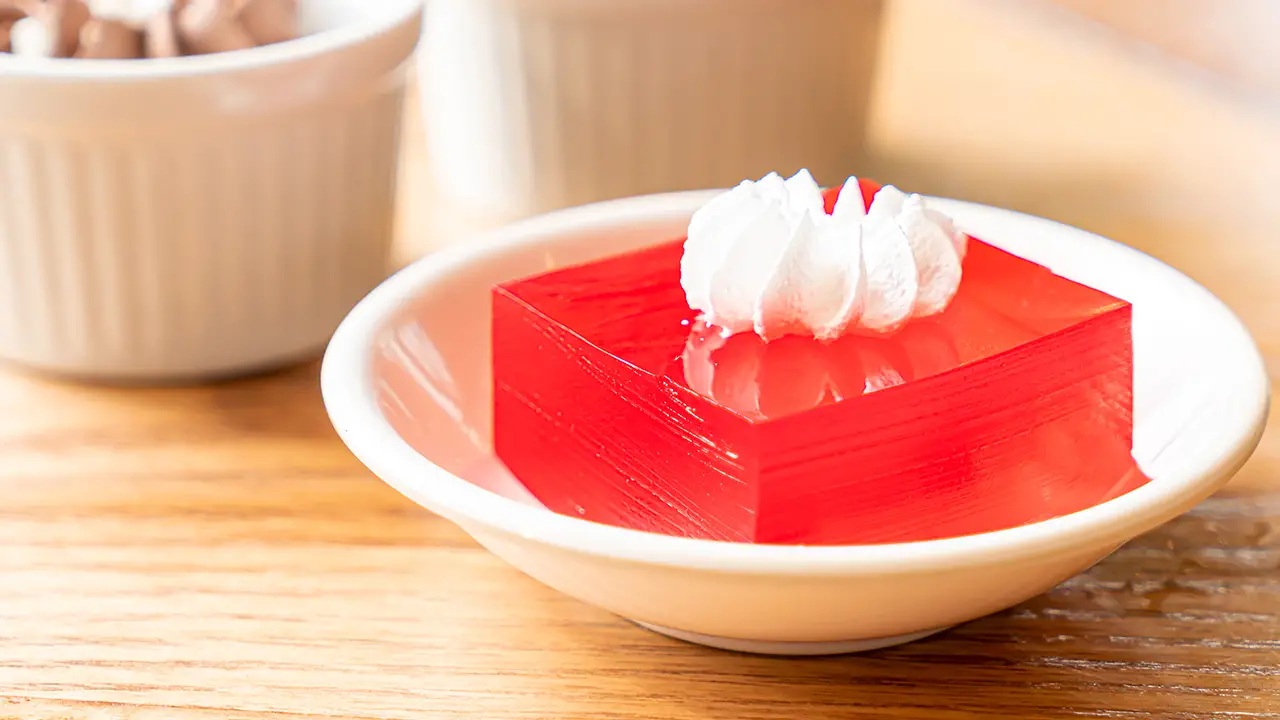
Glycine Amount: 4 grams per 100 grams serving size
Cost: Inexpensive
There are so many benefits to eating gelatin that even vegetarians should consider adding it to their diets. Gelatin has the healing powers for your gut by restoring healthy mucosal lining in the stomach and enhancing gastric acid secretion. It also promotes good intestinal transit and healthy bowel movements, which can help with preventing allergies, inflammatory conditions, and autoimmune diseases.
Gelatin also promotes healthier and beautiful looking skin because of glycine and proline are two amino acids that are used in the production of collagen. Gelatin also provides better joint health and reduces inflammation promoting more durable bone building.
With just 3 grams of glycine before bed, you can improve the quality of your sleep, and it can help with the aid of going to sleep all without any side effects. If you’ve taken melatonin before, you can be aware of the side effects of grogginess it can do. With glycine, it won’t have the grogginess effect, so it’s a great substitute.
2. Pork Skins or Pork Rinds
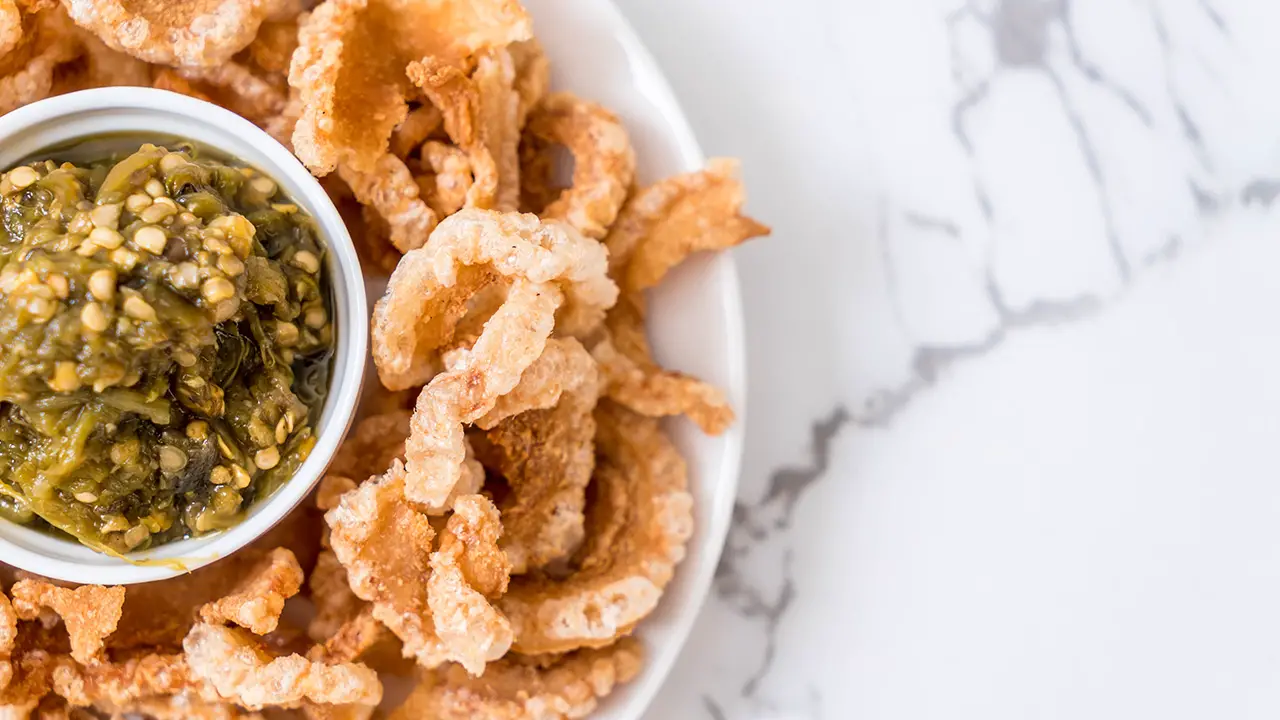
Glycine Amount: 4 grams | 1.7g per 0.5 oz. serving
Cost: Inexpensive
Pork skins are easily found in any supermarket and have high amounts of glycine. It’s also high in protein and practically zero carbs, depending on which kind you get.
3. Bone Broth

Glycine Amount: 3.5 grams of glycine per 100 grams of protein
Cost: Inexpensive
Highly nutritious and delicious, bone broth is a top contender for supporting your digestive health. It also has the benefits of giving better support to your joints, improves your sleep, and improves your skin quality.
4. Poultry Skin

Glycine Amount: 3.3g per 3.5 oz. of chicken
Cost: Inexpensive
Not only does chicken skin tastes excellent, but it also has a fat, unsaturated kind, that is healthy and good for you and your heart. It also lowers your cholesterol and blood pressure.
5. Seafood

Glycine Amount: 1-3g per 100g of seafood
Cost: Inexpensive to expensive
Seafood is one of the most abundant foods on the planet and is also one of the healthiest. Jam-packed with nutrients and omega-3 fatty acids, this type of food is essential for your body and brain.
6. Meat
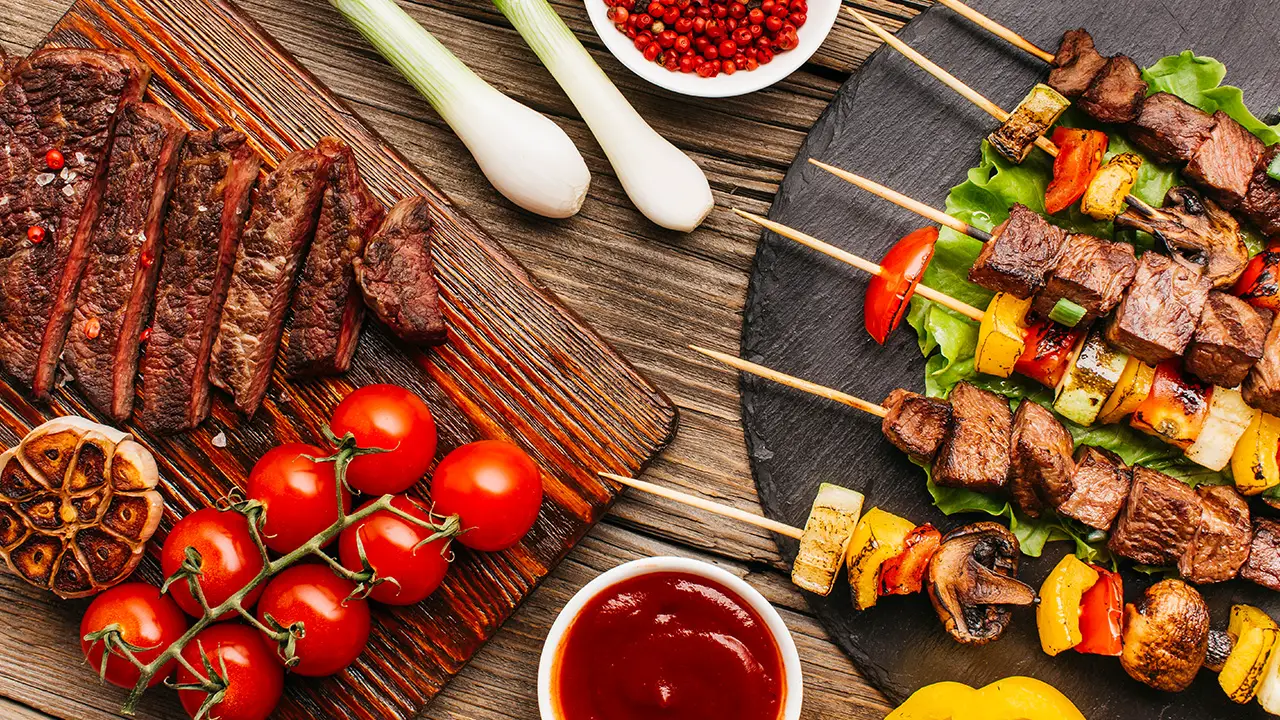
Glycine Amount: 3.5 oz. will provide 2 grams of Glycine
Cost: Inexpensive to expensive
Eating meat can reduce your appetite and increase your metabolism. It also promotes more fullness and keeps your cholesterol levels healthy.
7. Legumes
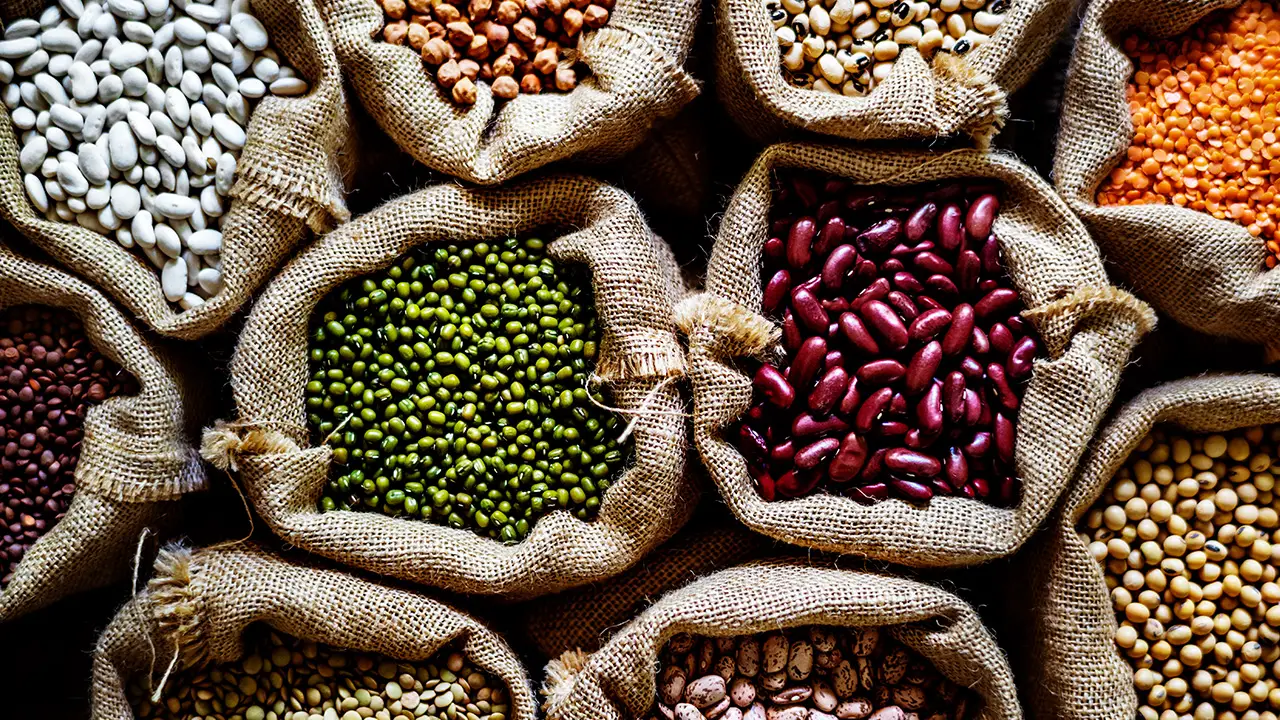
Glycine Amount: .3 g to 3 g
Cost: Inexpensive
Legumes are a good source of glycine, and some examples of it include soybeans, tofu, peanuts, lentils, kidney beans, and peanut butter.
8. Whole Egg

Glycine Amount: 3 g per 100g
Cost: Inexpensive
Make sure to eat the yolks of the eggs, because it contains vitamin D and healthy fats to keep your skin, bone, and muscles in check.
9. Soy Flour (Soybean)
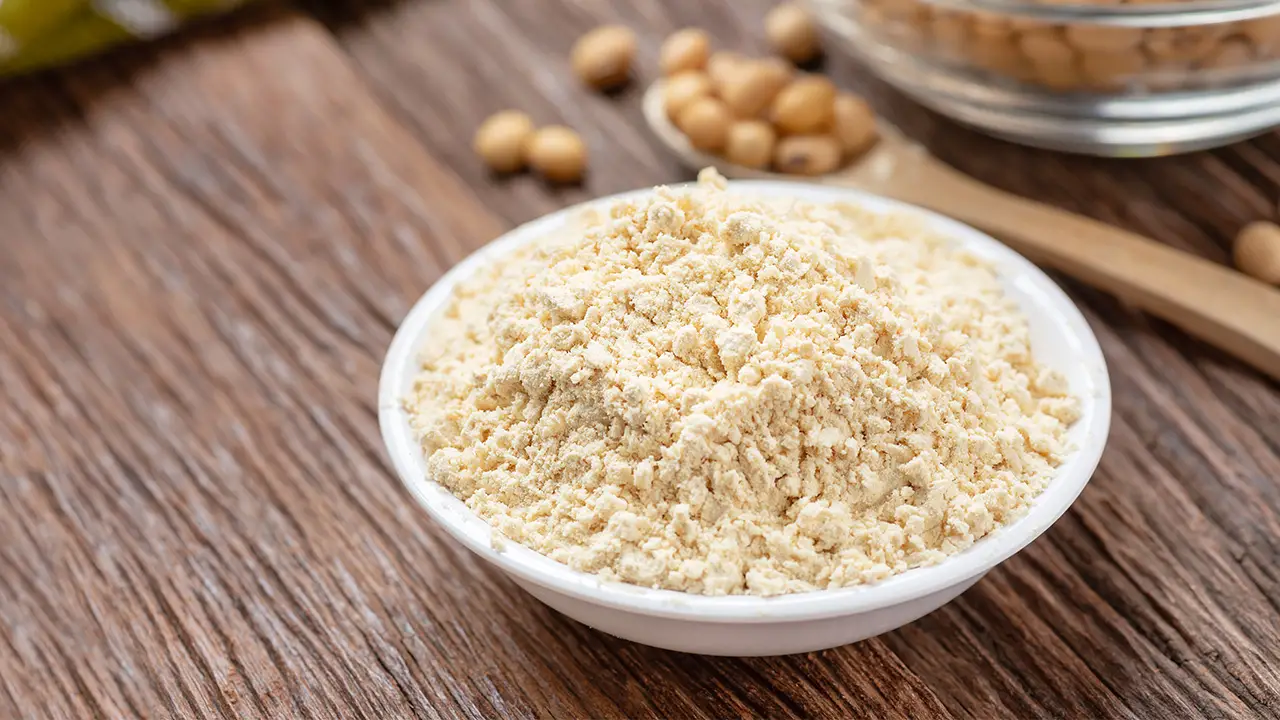
Glycine Amount: 2.174g per 100g
Cost: Inexpensive
Soybeans are high in protein with a few carbs and fat. Soy has all nine essential amino acids needed for healthy muscles and bones. It is also cholesterol-free and low in saturated fat.
10. Dried Seaweed

Glycine Amount: 0.5g per 100g
Cost: Inexpensive
Eating seaweed is known to improve thyroid function, digestive health, and weight loss. The types of seaweed you can find in markets are nori, kelp, wakame, kombu, dulse, and algae.
Other Foods High in Glycine
Asparagus, cabbage, and seeds.
